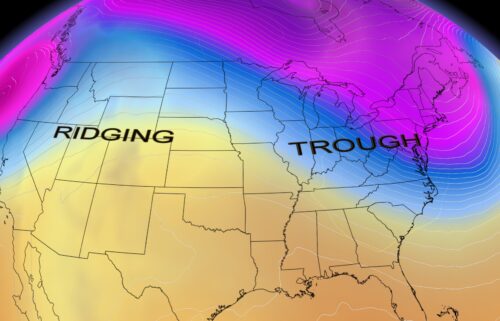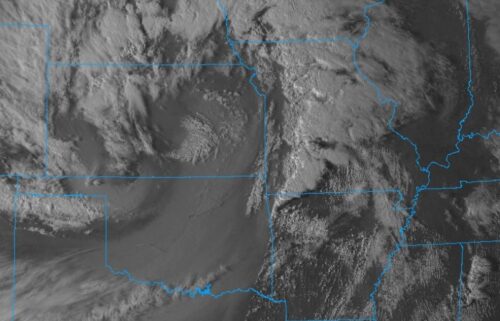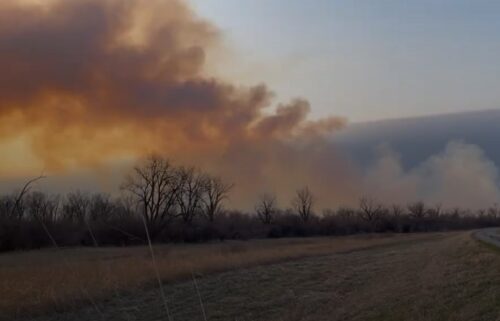How weather affects pollen progression
ST. JOSEPH, Mo. (News-Press NOW) -- As spring has settled in, many people find themselves sniffling and sneezing. Why? Pollen — the powdery substance that triggers seasonal allergies. Though it’s often seen as a nuisance, pollen plays an important role in nature. It’s essential for plant reproduction and supports ecosystems, especially pollinators like bees.
Spring is one of the peak times for pollen. Trees such as oak, cedar, hickory, walnut and ash are major pollen producers, according to University of Missouri Health Care. Even after springtime, allergies can continue into the summer and fall for those allergic to grasses and ragweed.
Managing allergies can feel like a constant battle, but paying attention to the weather can help. Three key conditions influence pollen levels: wind, temperature and rain.
Windy days are often the worst for allergy sufferers. Gusts can carry pollen for miles and keep it airborne for extended periods. Sudden temperature swings, especially a warm-up, can accelerate blooming and lead to spikes in pollen levels. Rain, on the other hand, can offer short-term relief by washing pollen out of the air. But in the long run, it may contribute more to pollen production, as water is a key factor of plant growth.
While the same trees, flowers, weeds and grasses produce pollen annually, the timing of peak pollen season can fluctuate from year to year depending on spring weather patterns. For instance, tree pollen peaked in mid to late April across much of the Mid-Missouri River Valley in the spring of 2024. This year’s peak in tree pollen is forecast to arrive as late as early May, likely due to lingering cool spells and a slightly slower start to spring compared to 2024.
The last subfreezing temperature in the spring of 2024 was on April 5, with a low of 30 degrees at St. Joseph’s Rosecrans Airport. Well-below-freezing temperatures this April have lingered with the latest cold snap, allowing lows to fall into the mid-20s as recently as April 8. As the second month of meteorological spring progresses, above-average temperatures are favored from the Mississippi River to the Intermountain West, favoring the bloom of more tree and grass pollen as temperatures stay consistently mild over the next one or two weeks.





